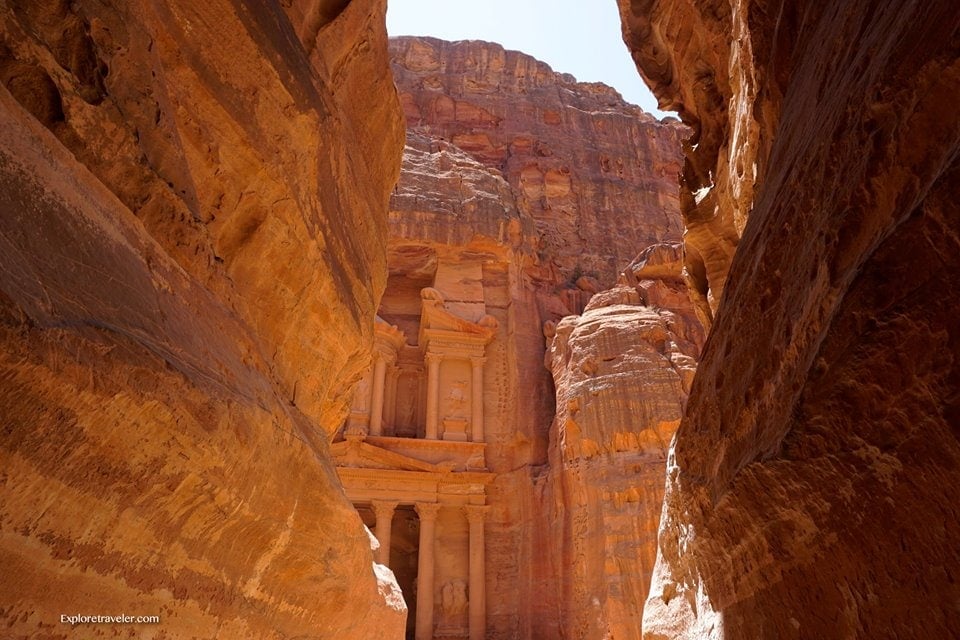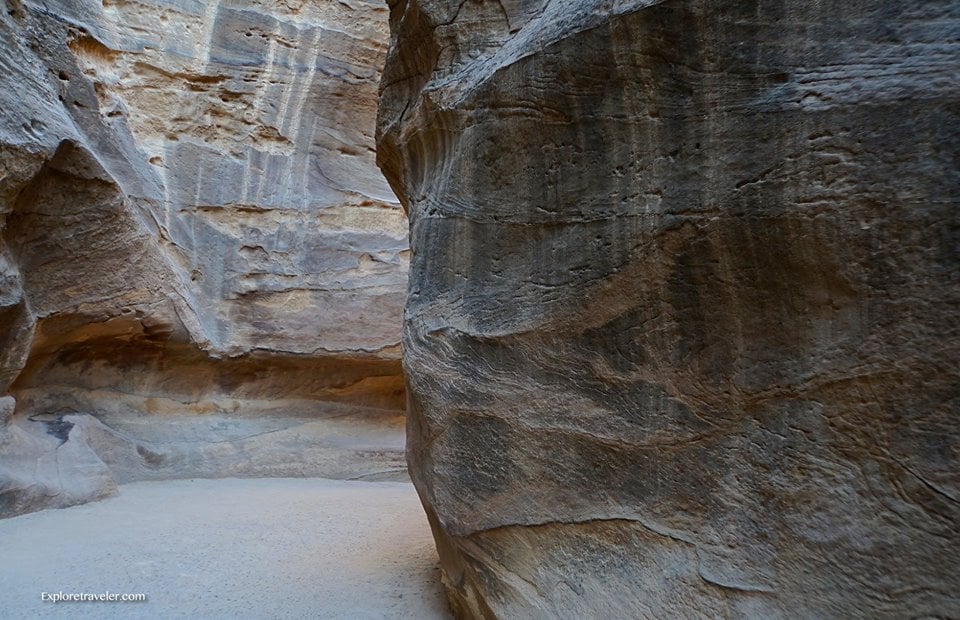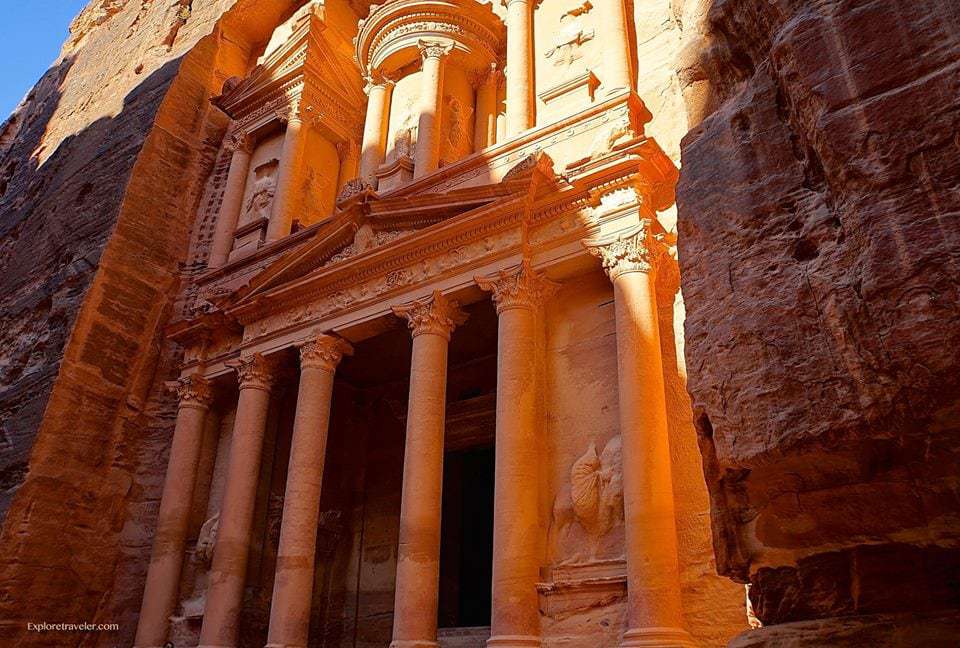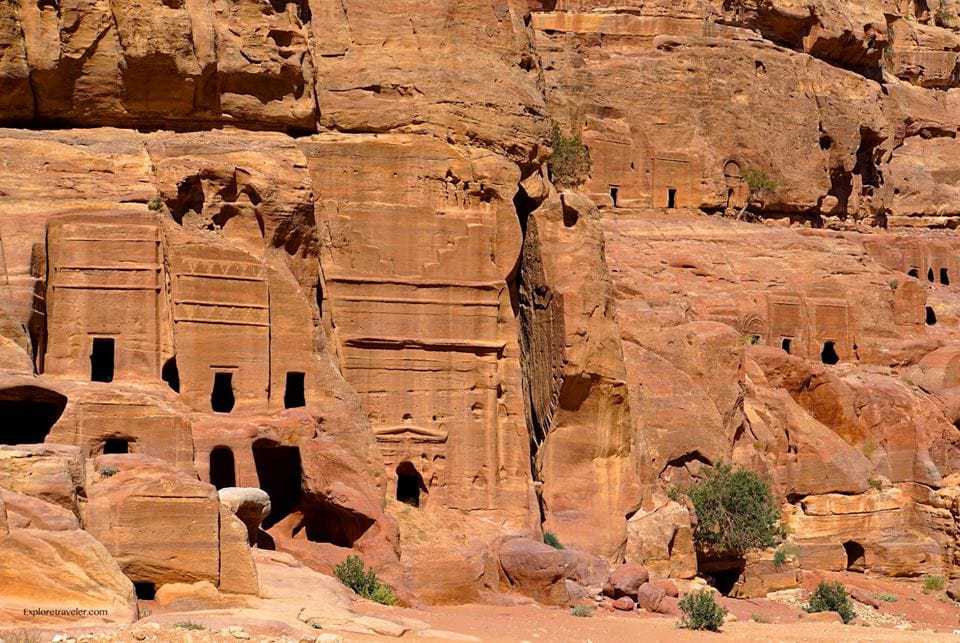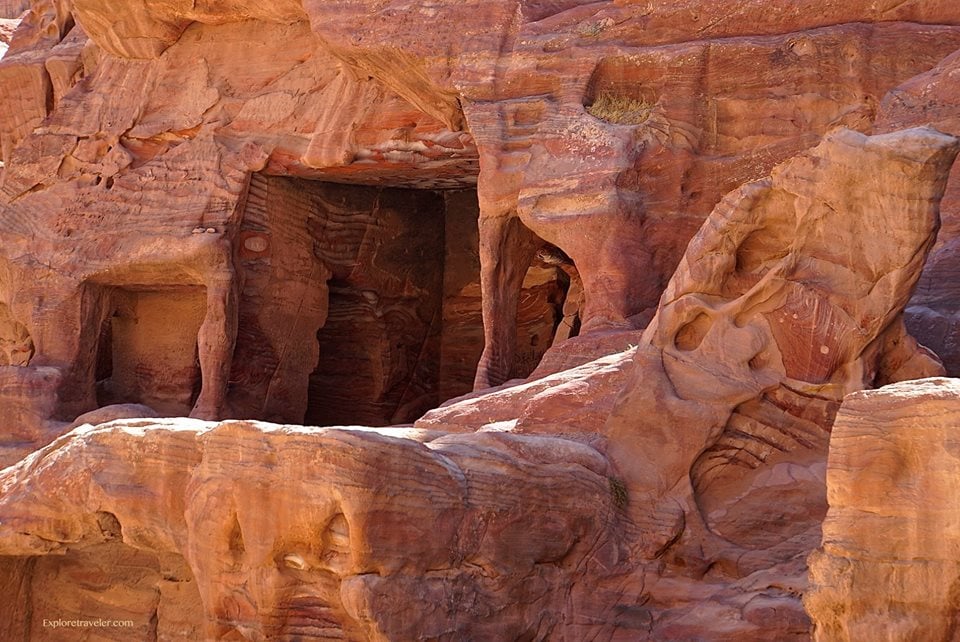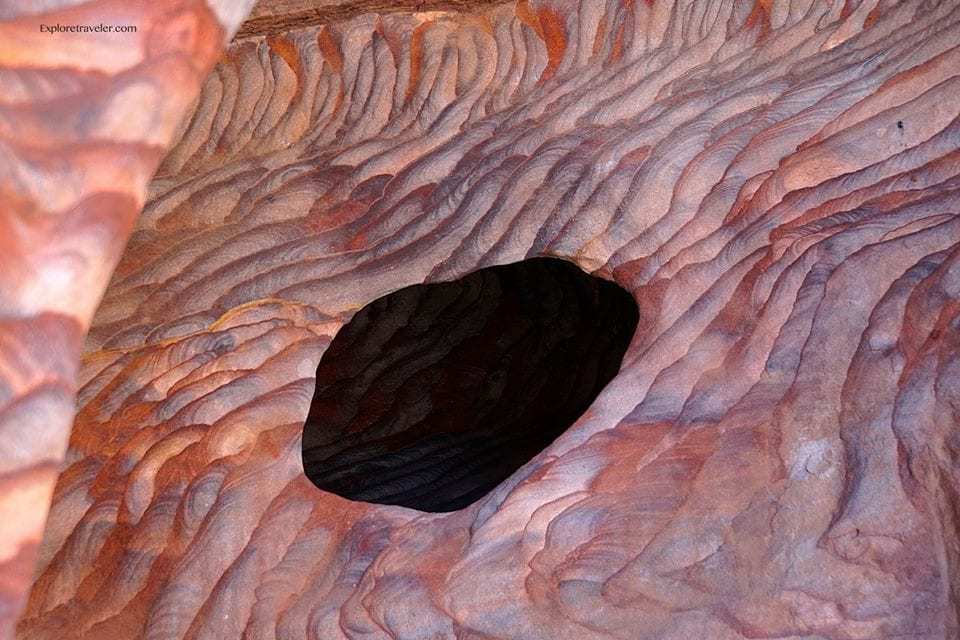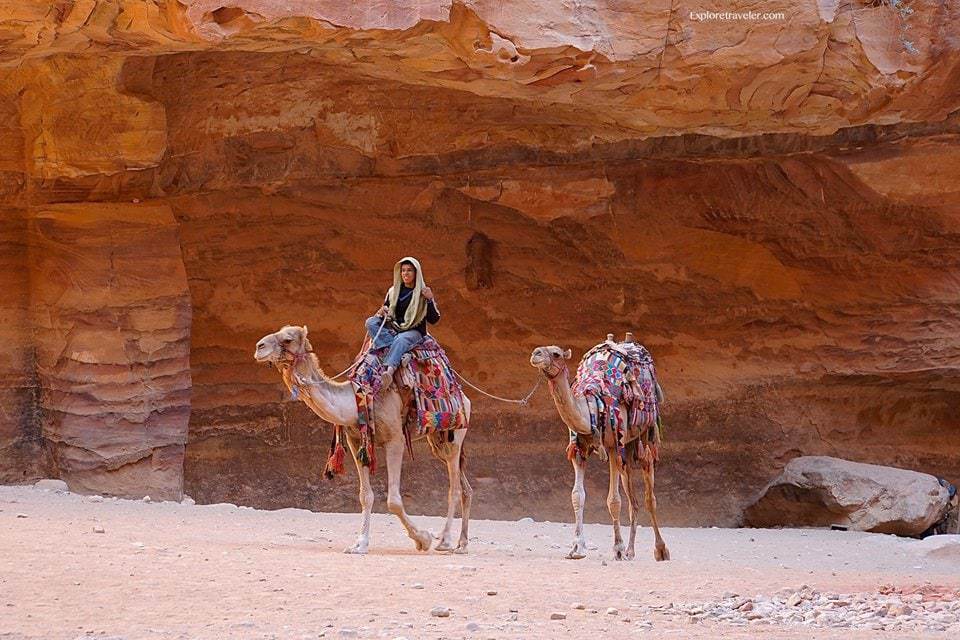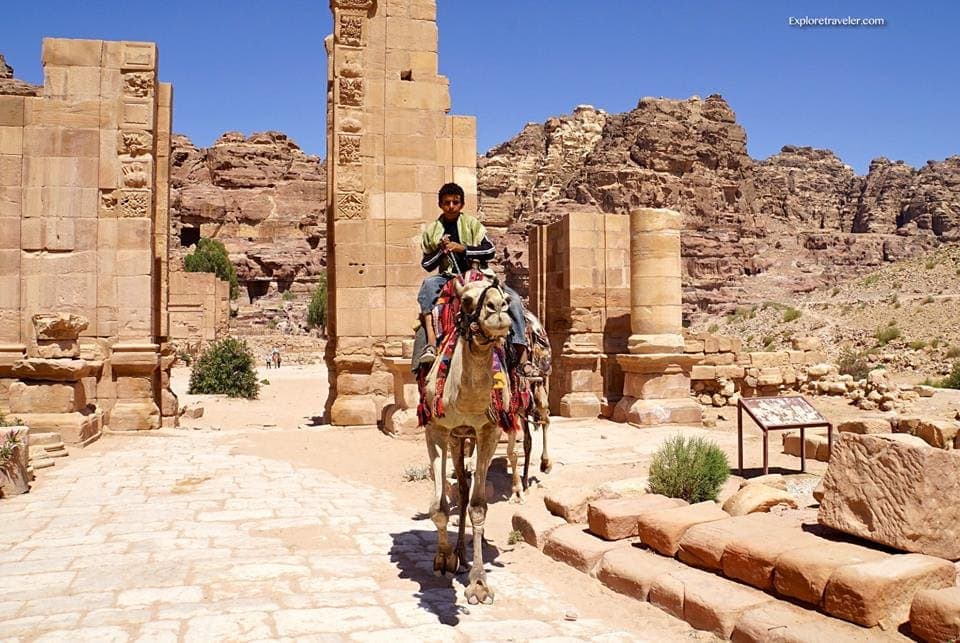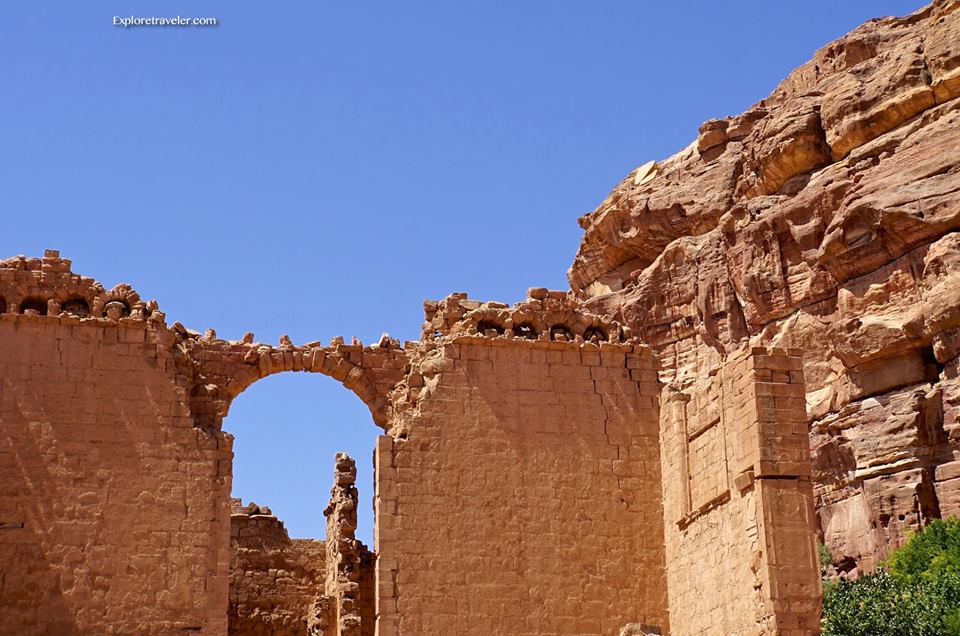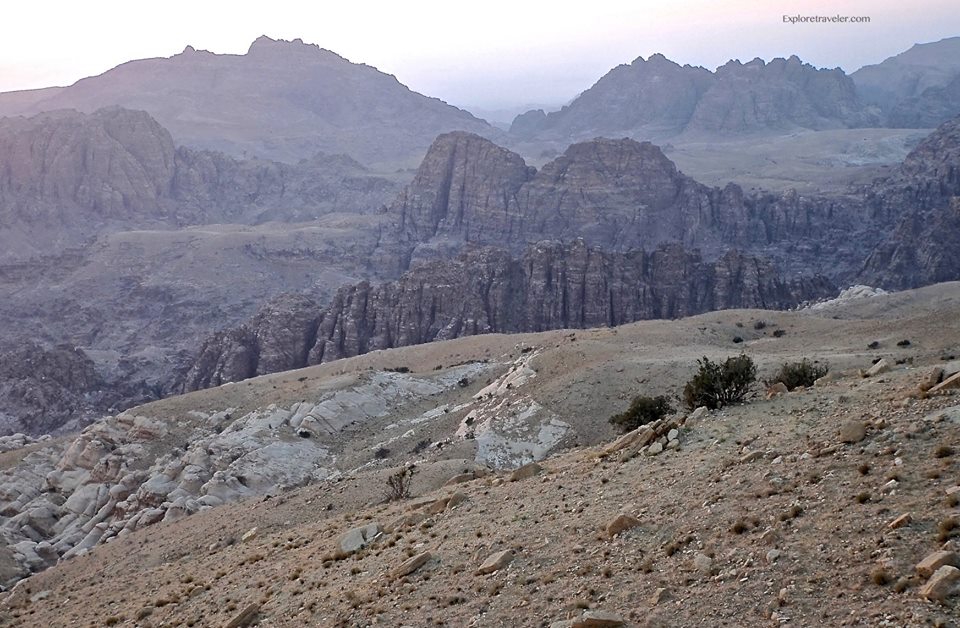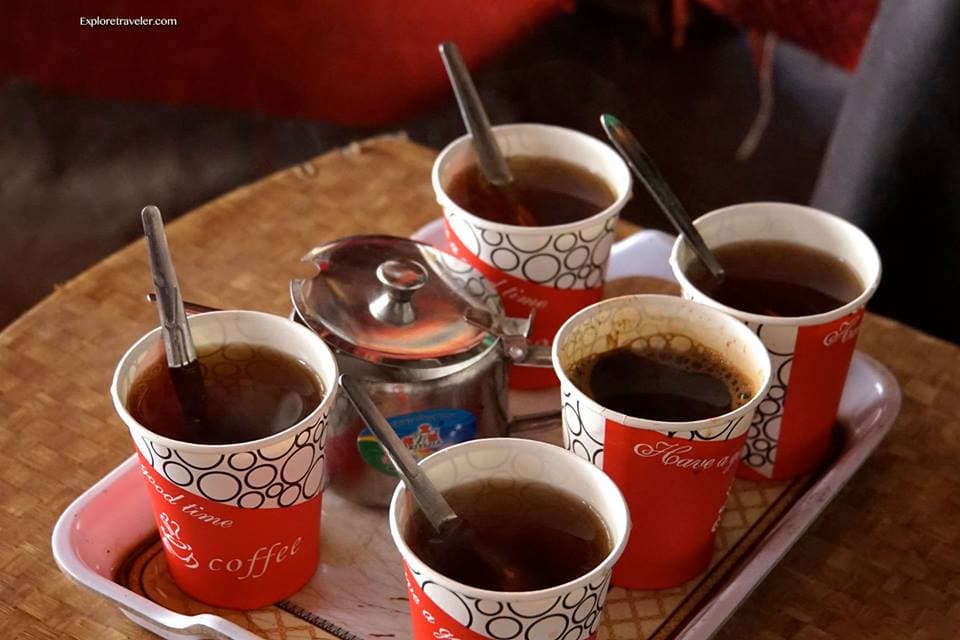The City That Was Lost For Centuries
This article is being converted into a more well rounded guide of the historical site, and more information will be added over time.
The Many Mysteries Of Petra Jordan is a showcase of Petra the city that was lost in the cliff of the rock and hidden for years. Even today, without a guide, the way in is a mystery, and easy to defend. Her greatness is not questioned, but what is her destiny? Does she have a role to play at the end of time? Will she hide the remnant of Israel? Why has she been so well preserved? While much of the city is still being discovered, that which has been dug out to date is beautiful beyond belief. Welcome to the lost city, where history, ancient stories, and archaeology come together.
Petra is a jewel of Jordan and all the Middle East. When you look at it, you can not help but wonder how it was built. The carving is magnificent. The city planning is perfect. There is a water and sewer system, and everything a city needs. There are caves that are hidden, and others that are more open. It is literally built into the rock, all hand carved. It was built to last, and it is not in a state of decay, despite weather, time, earthquakes, and nature. It has been hidden for years, so few beyond the Bedouins have seen it over the years. Only in the last century or so, has it become a well-known destination for travelers. So come along with us, as we explore Petra, the city that was lost for centuries.
The Long Narrow Spectacular Siq
The Siq, also known as the Siqit, is a long narrow and winding gorge that has little light shining into int0. It winds for almost one mile and will take about 45 minutes or longer to walk into the city if you take time to enjoy the walk and see the unique and wonderful entrance. To the left, you will see where water was brought into the city from a spring that was several miles away. On the right, the water channel has been washed away at the beginning, but you can see it later on in your walk into Petra proper. Also, close to the beginning, you will see the remains of a type of arch that went across the entrance of the Siq.
Along the way, you will see niches for the gods of the Nabataean people, cisterns, and lookouts. This is one of only two ways in and out of the city and was considered the main entrance. There are places that are not more than 10 feet wide. In fact, you can almost touch both sides as you walk into this spectacular and elaborate ruin. The Siq ends when you come to a clearing in front of the Treasury or Khazneh. No one is certain what it was used for, though many think it was a library of some kind. Whatever it was, it makes a dramatic statement after the narrow dim walk into the city.
As you enter the plaza entrance to the Siq, you will have many offers of transportation through the Siq. The carts move slow enough for you not to miss anything and the drivers will stop for you to take pictures. Pointing to your camera will usually be all the communication necessary for your driver to understand you want to stop for a picture. The cart and buggy rides are usually drawn by donkeys or small horses and are quite inexpensive. This small amount goes a long way toward helping the Bedouins make a livable wage in this harsh and remote desert land.
The Treasury Or Khazneh of Petra Jordan
As you come into this ancient Nabataean city of Petra, this elaborate Treasury is the first monument you will lay your eyes on. As you step out of the Siq and look up, the enormity and magnificence of this spectacular monument begin to sink in. It is several stories tall, all hand carved, and beautifully restored. The Treasury leaves you with a sense of awe, as you behold her beauty. As you step inside this monument, you are overwhelmed with the quality of this ancient workmanship. It is almost impossible to convey the wonder and awe that you feel as you stand in front of this magnificent monument.
Exploring Passage Ways And Caves
After leaving the Treasury, we come to the Street of Facades. This is an area that is full of both simple and gigantic tombs with large impressive facades. These false fronts are very tall and intriguing, making an impressive facade for the more important members of this society. As you move along the street, you will see many simpler and smaller caves for the more humble residents. Even the smaller tombs had much detail. This is an area that has not been restored, and many of the tombs are still filled with sand from numerous floods through the centuries. As you continue down this Street of Facades, you will come to the heart of Petra.
If you have allowed enough time to explore the caves, it is a marvelous opportunity for adventure. You will be able to discover the many works of nature, God’s creation, and the unique abilities of the Nabataeans. These ancient caves are just one part of the mystery surrounding Petra.
Living In The Mountains Of Edom
Cut into the side of the Edom Mountains lived an ancient people known as the Edomites. The Edomites were an ancient civilization that descended from Esau. We can read about the generations of Esau in Genesis chapter 36. What an amazing experience it must have been for Esau, the brother of Jacob, to have lived in these amazing mountains. Though there still is a great mystery as to what happened to the Horites, who were conquered by the Edomites, and later the Edomites who were conquered by the Nabataeans around the year 400 BC. What happened to their land, and their capital city, Petra? Who began to build in these amazing sandstone mountains? Today, we give all the credit to the Nabataaeans for this spectacular city, but with most of Petra still buried, much is waiting to be discovered. The mystery of Petra will continue for many generations to come.
The earthquake of 363 AD
We do know, that there was a large earthquake in 363 AD that destroyed around half of Petra and the surrounding cities built into the rock of the mountains. Historians, Biblical scholars, and archaeologists have searched the ruins, and ancient manuscripts, that have been discovered to date, for a clue, but the only clue seems to be written in Ezekiel 35 of the Bible. Ezekiel 35:15 gives a very strong statement about this ancient land and the Edomites disappearance. But even it is silent about the Nabataeans. So for now, we are left to wonder! Together, these many scholars from different fields seek to uncover what happened to the Nabataeans, a civilization of people so advanced to have built a capital city so elaborate. To this day, this great mystery continues.
Stunning Waves Of Color In The Sandstone Of Petra
Pillars Of The Great Temple
Camel Driver Waiting With His Camels
The Temenos Gate And The Nabatean Life Of The Bedouins In Petra
The Castle Of The Daughter Of Pharaoh Or Qasr al-Bint al-Faroun In Petra Jordan
Beyond The City Are Steep And Rugged Canyons
Time For Tea In The Desert
The Many Mysteries Of Petra Jordan and the experiences of the ancient Nabataeans peoples.

